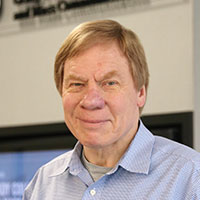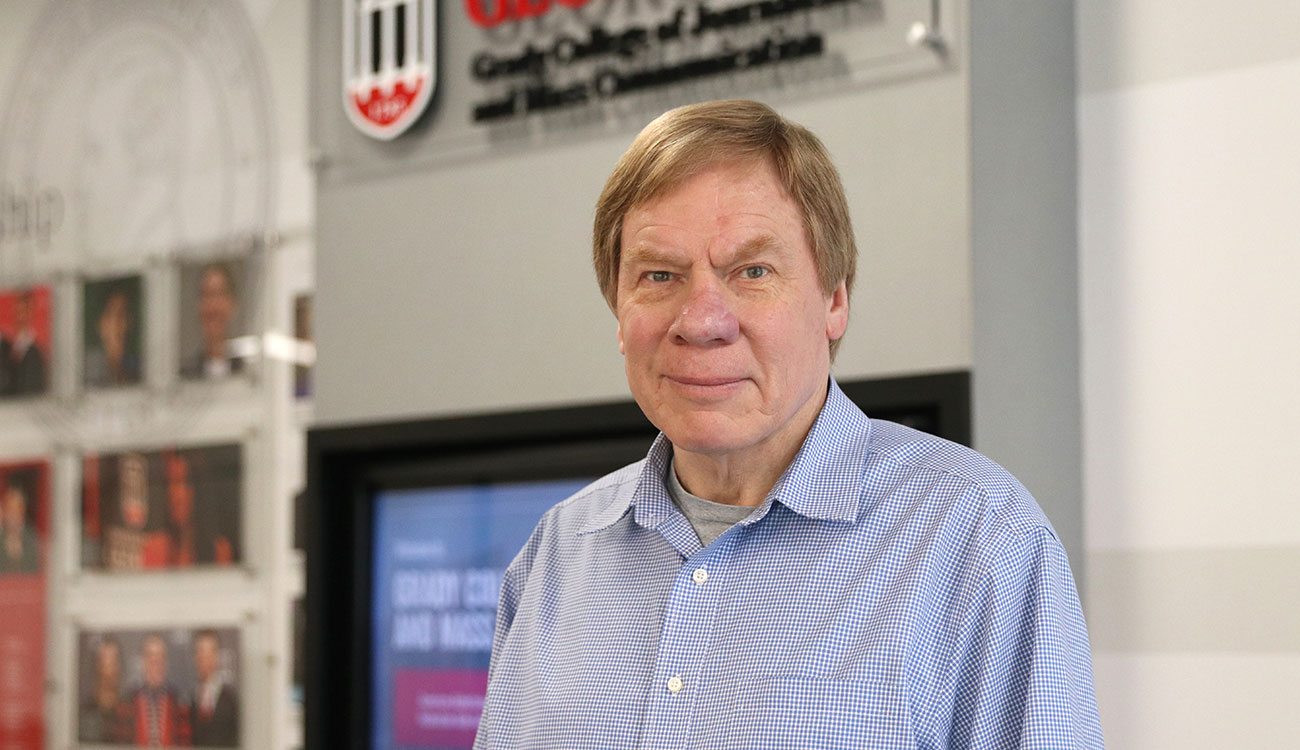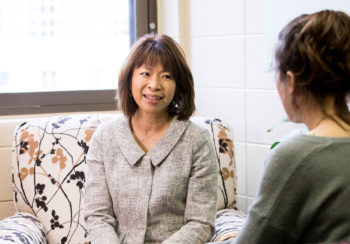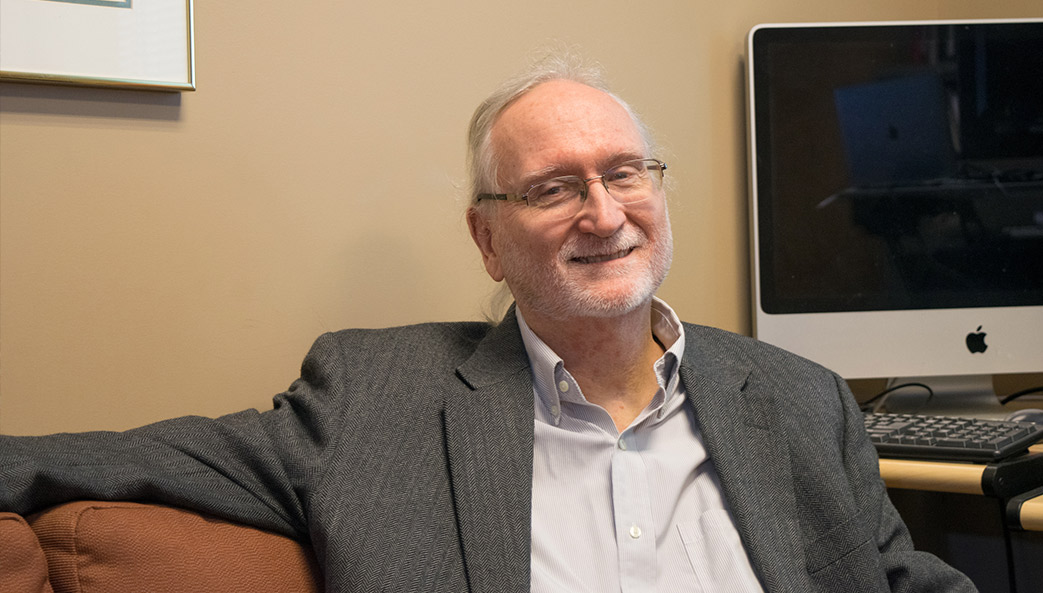In a public health crisis, it’s critically important that public health recommendations come from trusted sources.
Anthony Fauci, an immunologist at the National Institute of Allergy and Infectious Disease, has become a household name by being a steady, reliable source for the latest information about the novel coronavirus that’s infected millions of people worldwide. And he’s done it in a climate of unprecedented uncertainty.
But frequently, scientists like Fauci need help translating their vast expertise into digestible advice people can use.
That’s when they turn to people like Glen Nowak.
Nowak leads the University of Georgia’s Center for Health and Risk Communications and focuses much of his scholarship on infectious diseases and vaccination—including what motivates people to get vaccinated or not, and what kinds of communications could potentially change their minds. Before that, he served as the director of communications of the national immunization program at the Centers for Disease Control and Prevention, followed by a six-year stint as director of media relations at the CDC.
“When you have a brand new infectious disease, you know very little,” said Nowak, professor of advertising in the Grady College of Journalism and Mass Communication. “And what you don’t know way exceeds what you do know. You need to let people know that the recommendations you give today may be different tomorrow, when more information is known.”
Nowak joined CDC right around the time that a well-known, now discredited study claimed to have found a link between autism and the common childhood MMR vaccine, which protects against measles, mumps and rubella. Nowak had previously worked with CDC scientists to improve communications about HIV/AIDS communications. But the vaccine controversy was a crash course in determining what messages resonate the best with parents and are most likely to prompt them to vaccinate their children.
“When you have a brand new infectious disease, you know very little … You need to let people know that the recommendations you give today may be different tomorrow, when more information is known.”
– Glen Nowak, Director, Center for Health and Risk Communications
One thing was obvious: Just providing information doesn’t cut it.
“A lot of times, people want to say that they want to communicate or do health communications, but what they really want to do is find out how they can get their point of view and materials to whoever they have targeted,” Nowak said. “Then, oftentimes, they’re surprised when their materials and information reach those people and fail to persuade them.”
Communication, Nowak said, is about dialogue, listening and trying to understand the world through the lens of the people you’re trying to reach. For vaccines, that means training health care professionals to effectively communicate the importance and safety of childhood vaccinations. And in pro-vaccination ad campaigns, that means featuring doctors and nurses prominently because those are the people parents trust most when it comes to caring for their children. For encouraging people to get flu shots, it means emphasizing that the vaccine protects not only the person who gets the shot but also loved ones who are more vulnerable to becoming severely ill.
Communicating about COVID-19 has been much different. Experts started out saying masks were unnecessary only to reverse course and implore everyone to wear a mask when they’re in public. Hydroxychloroquine started as a promising medical treatment for COVID patients only to have doctors later say they weren’t seeing a benefit to using the drug, but they did see serious side effects.
“Ideally, rapid changes in advice wouldn’t happen,” Nowak said. “One of the key principles that’s guiding you in your public health communication is that you’re probably not making endorsements of things prematurely. Typically, when you’re in an environment where there is so much uncertainty, you have to be cautious when you’re making statements of certainty.”
But overall, Nowak thinks both public health officials and the news media largely have done admirably navigating these ever-changing waters.
“I’ve come to learn through my experience in research that a lot of what we do in health communications is setting, guiding and managing people’s expectations,” Nowak said. Using press conferences to update the public on the situation and what experts believe will unfold in the days and weeks ahead is imperative. But that’s not the only thing people need to hear.
“Letting people know that we can and will get through this,” Nowak said, “you have to have those positive affirmations.”

About the Researcher
Glen Nowak
Director, Center for Health and Risk Communications
Professor
Grady College of Journalism & Mass Communication






